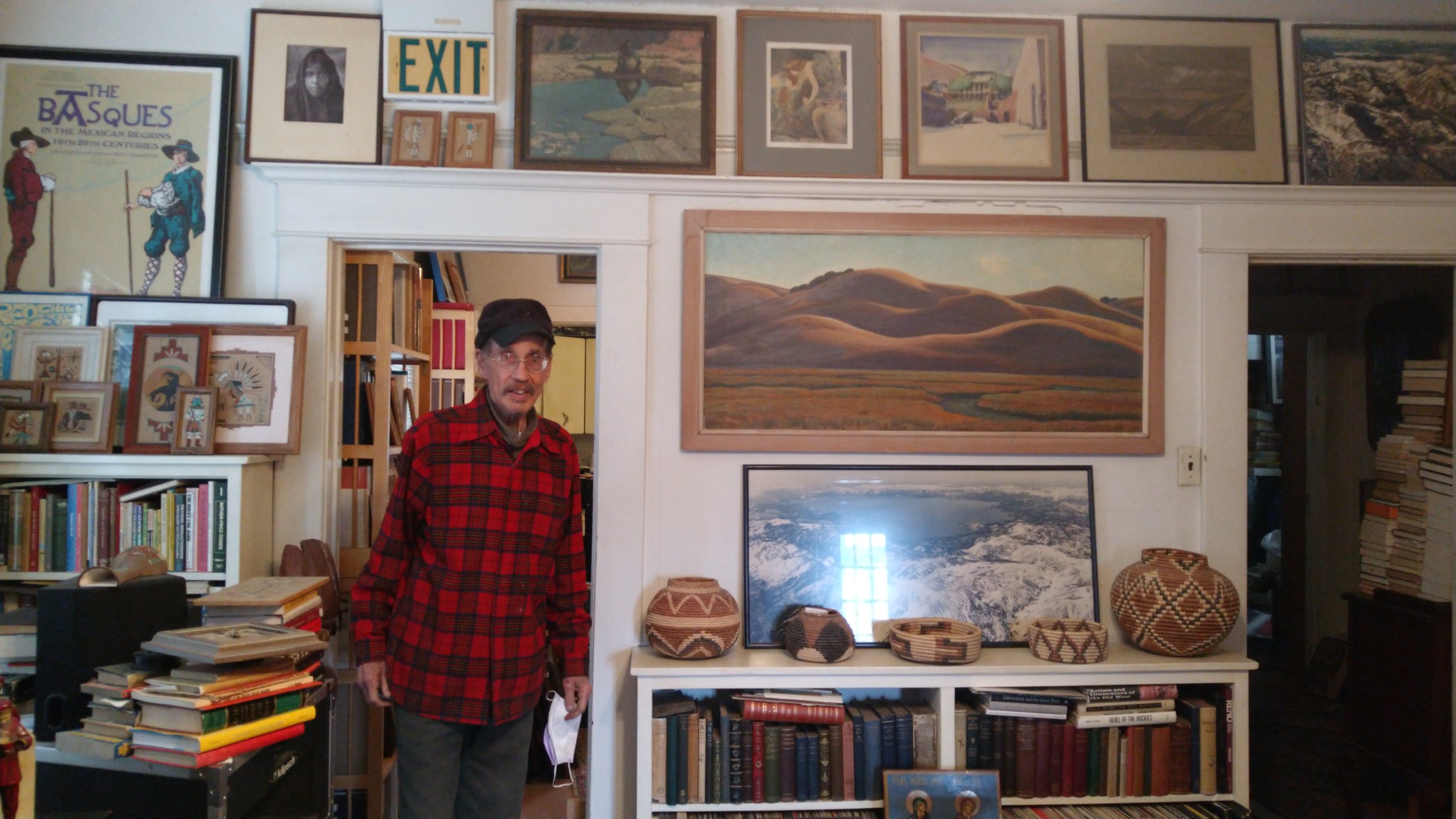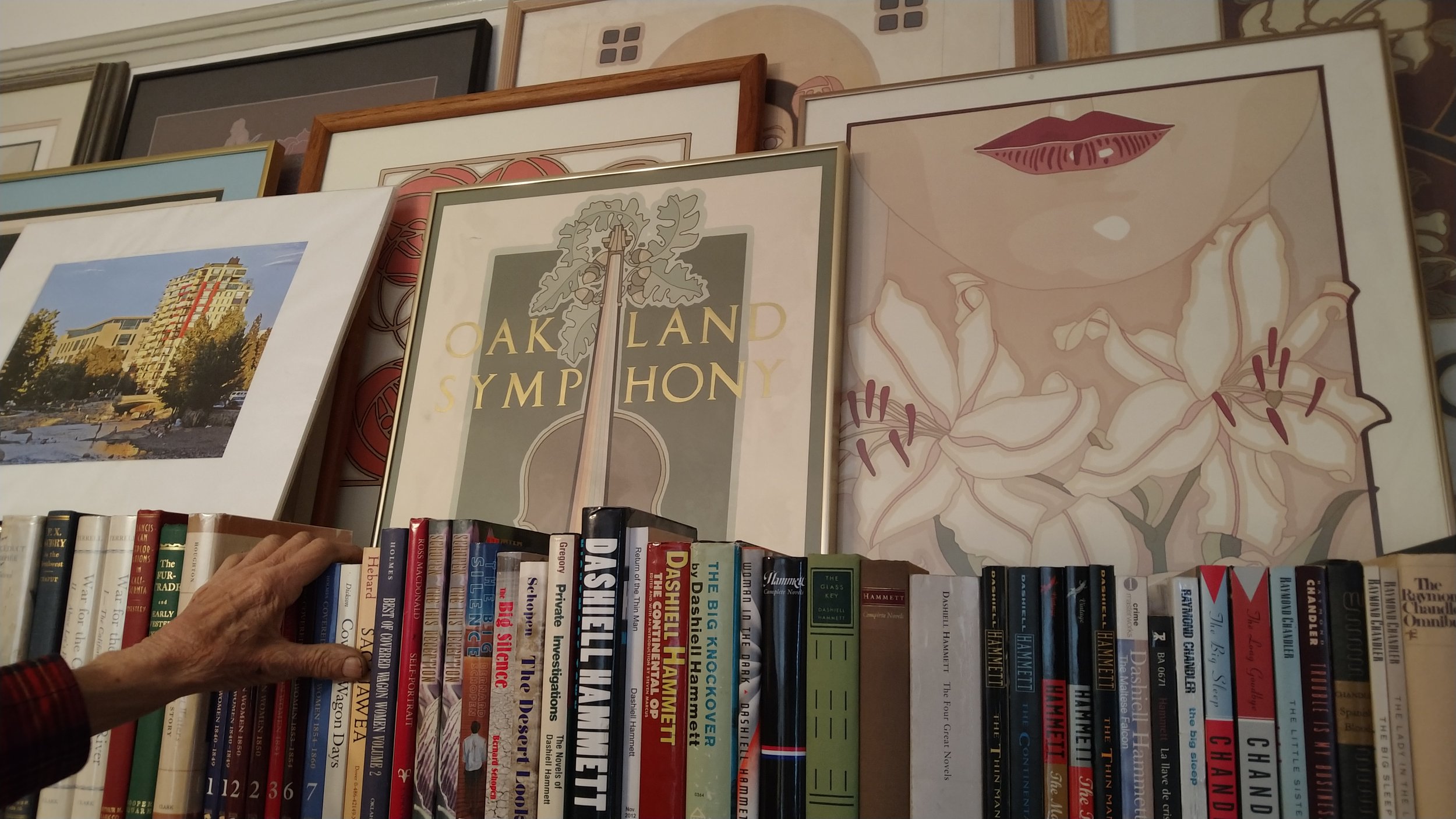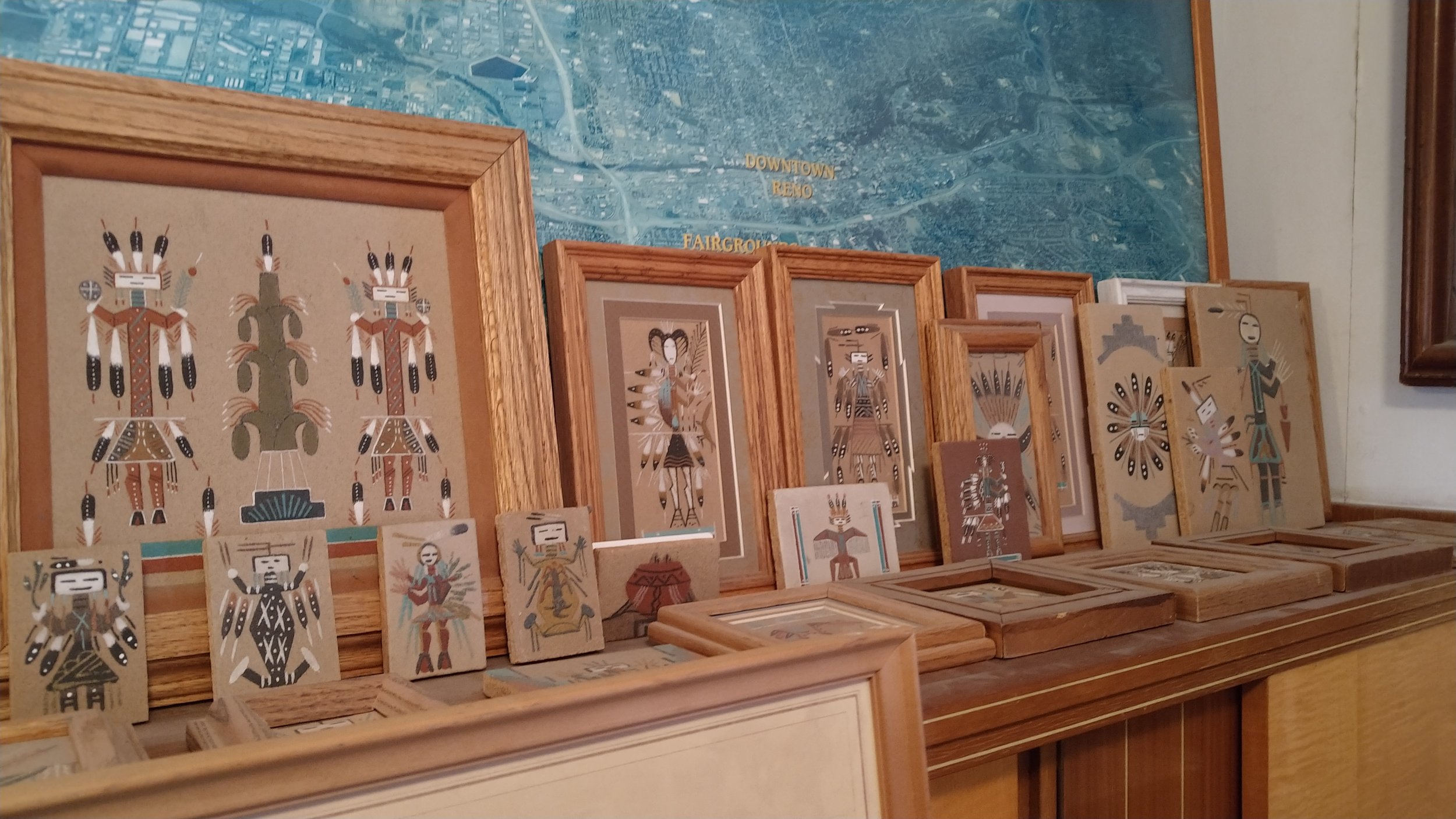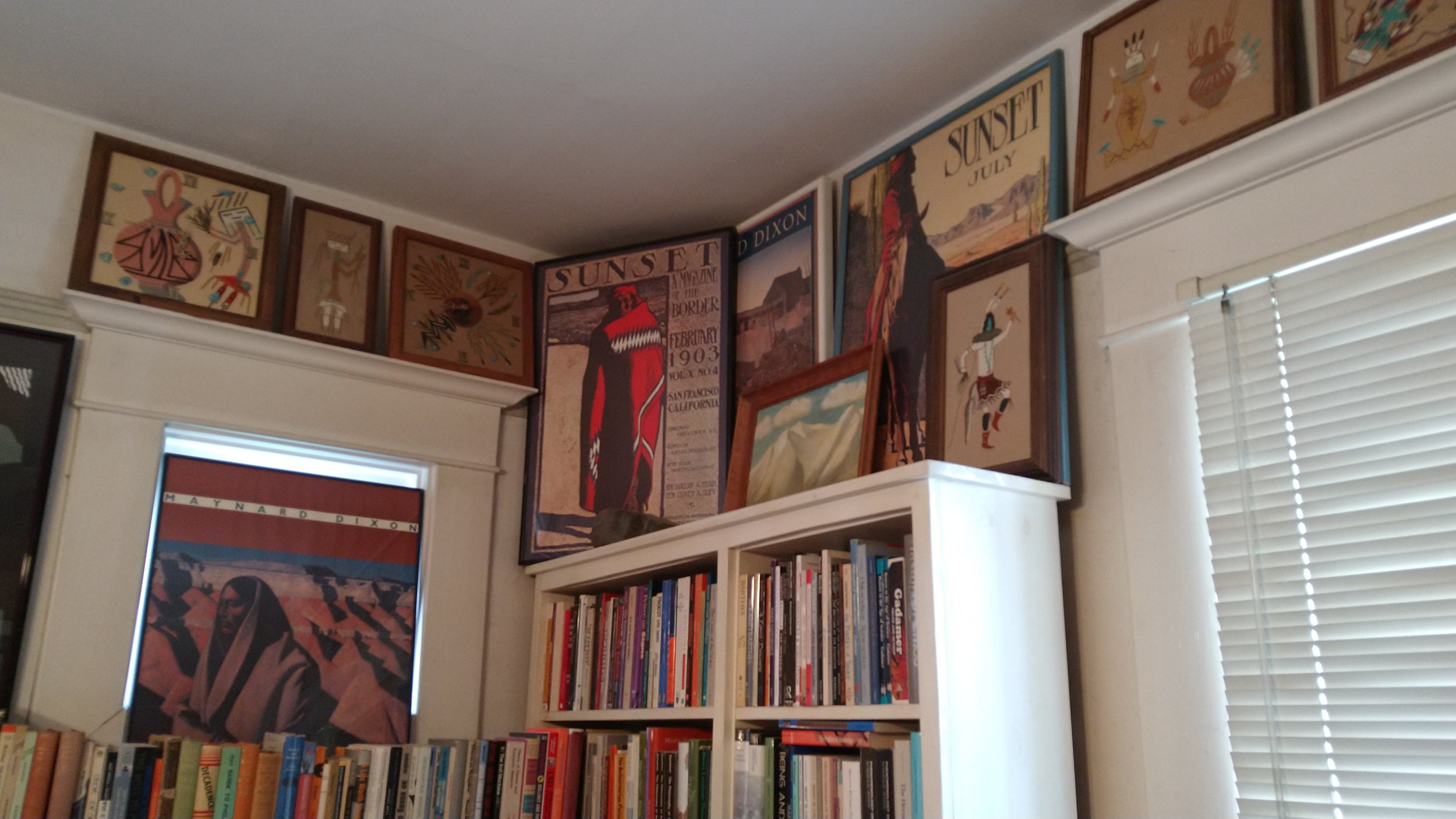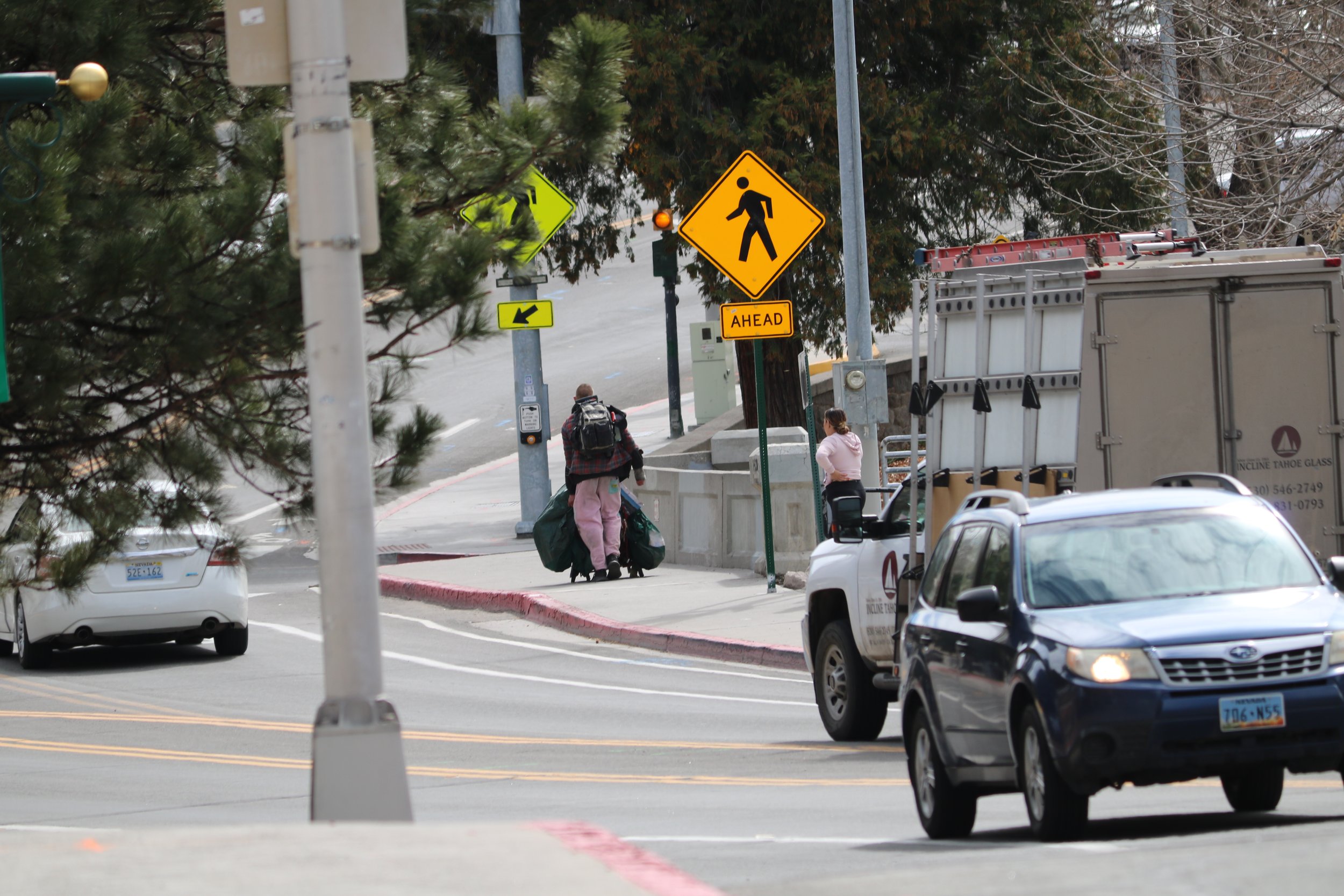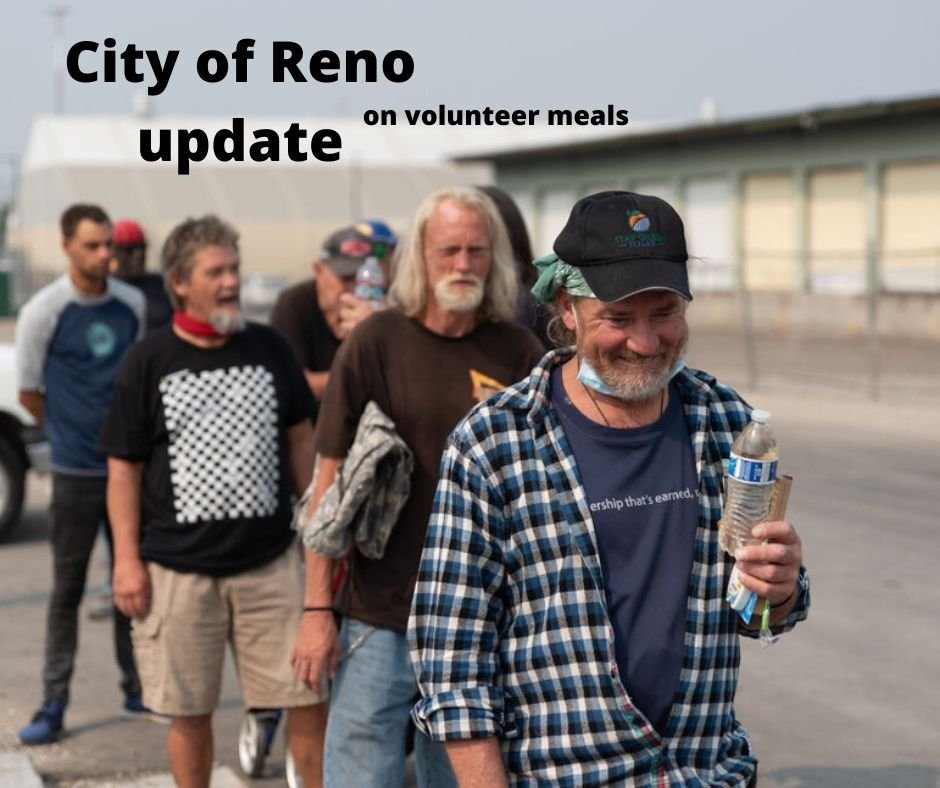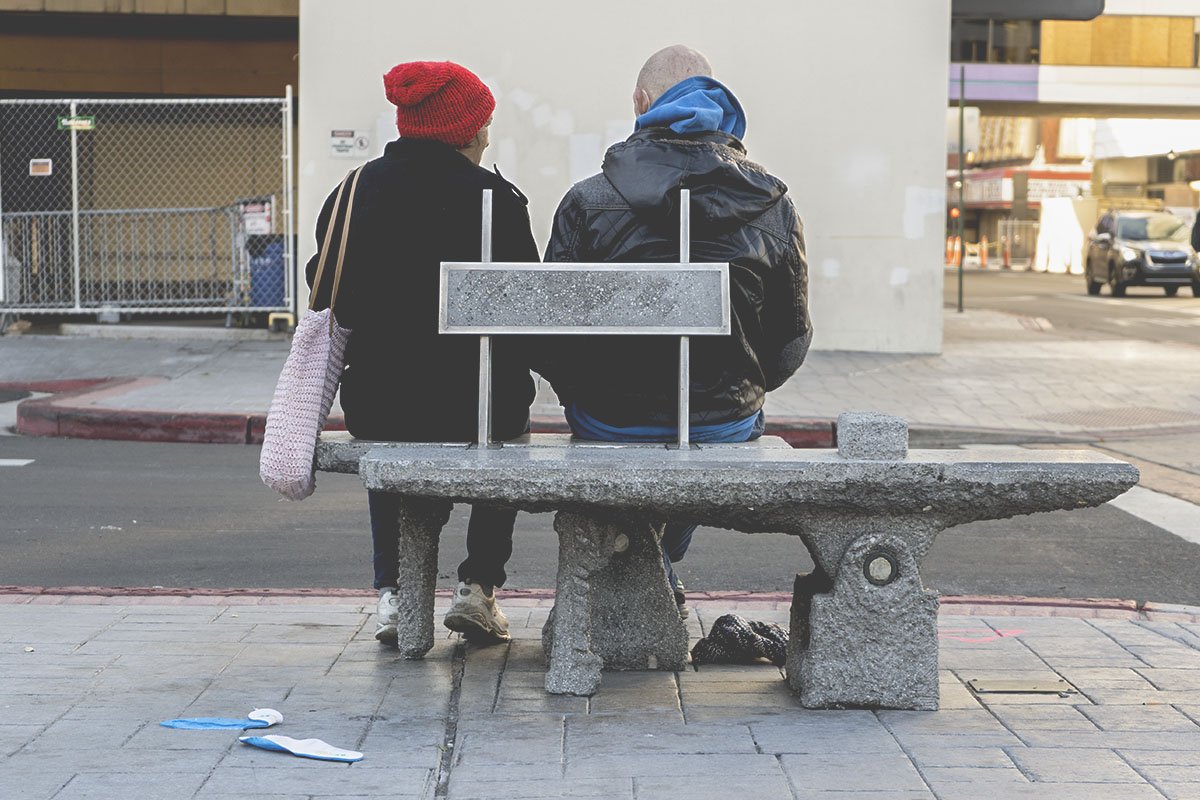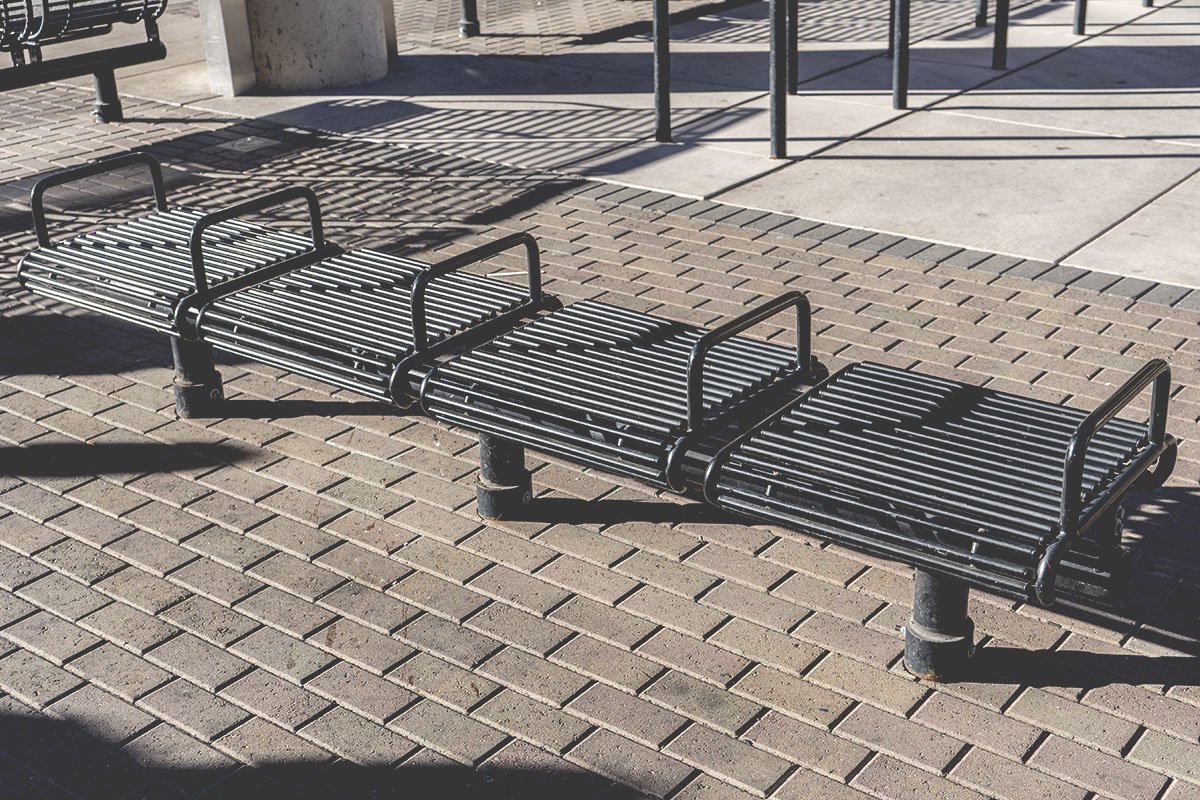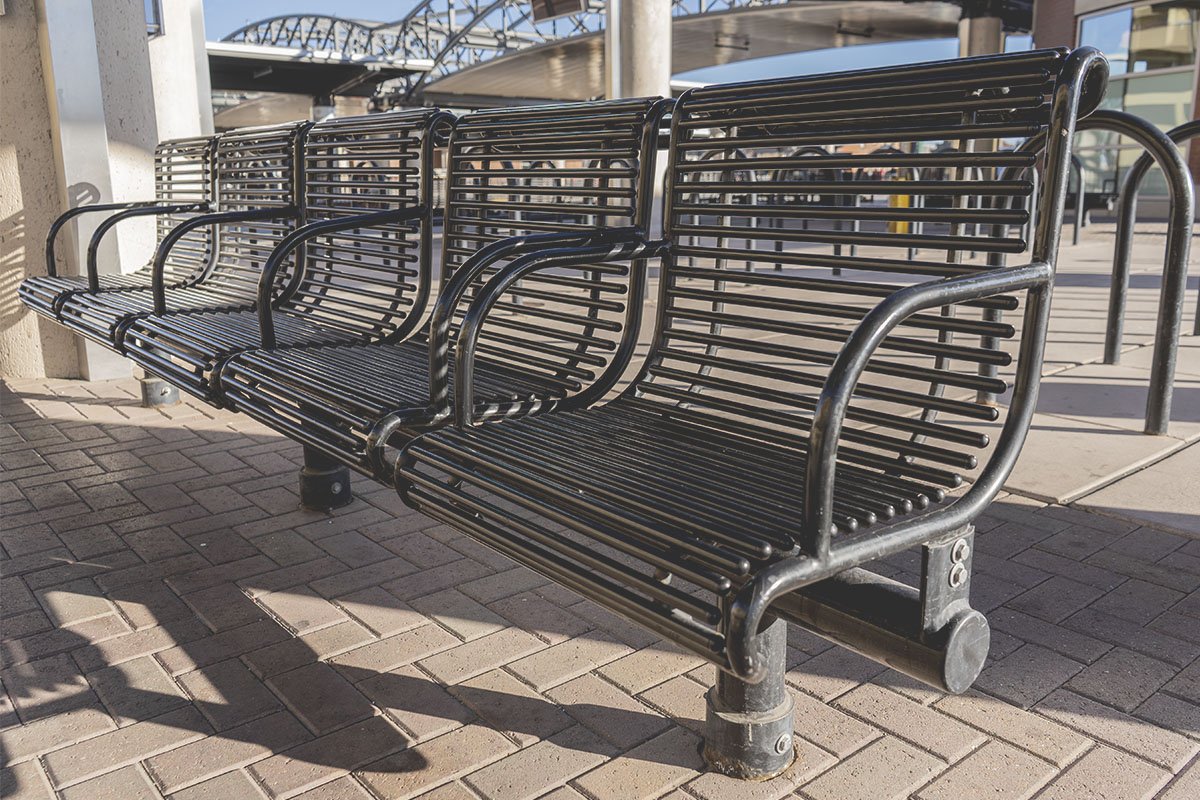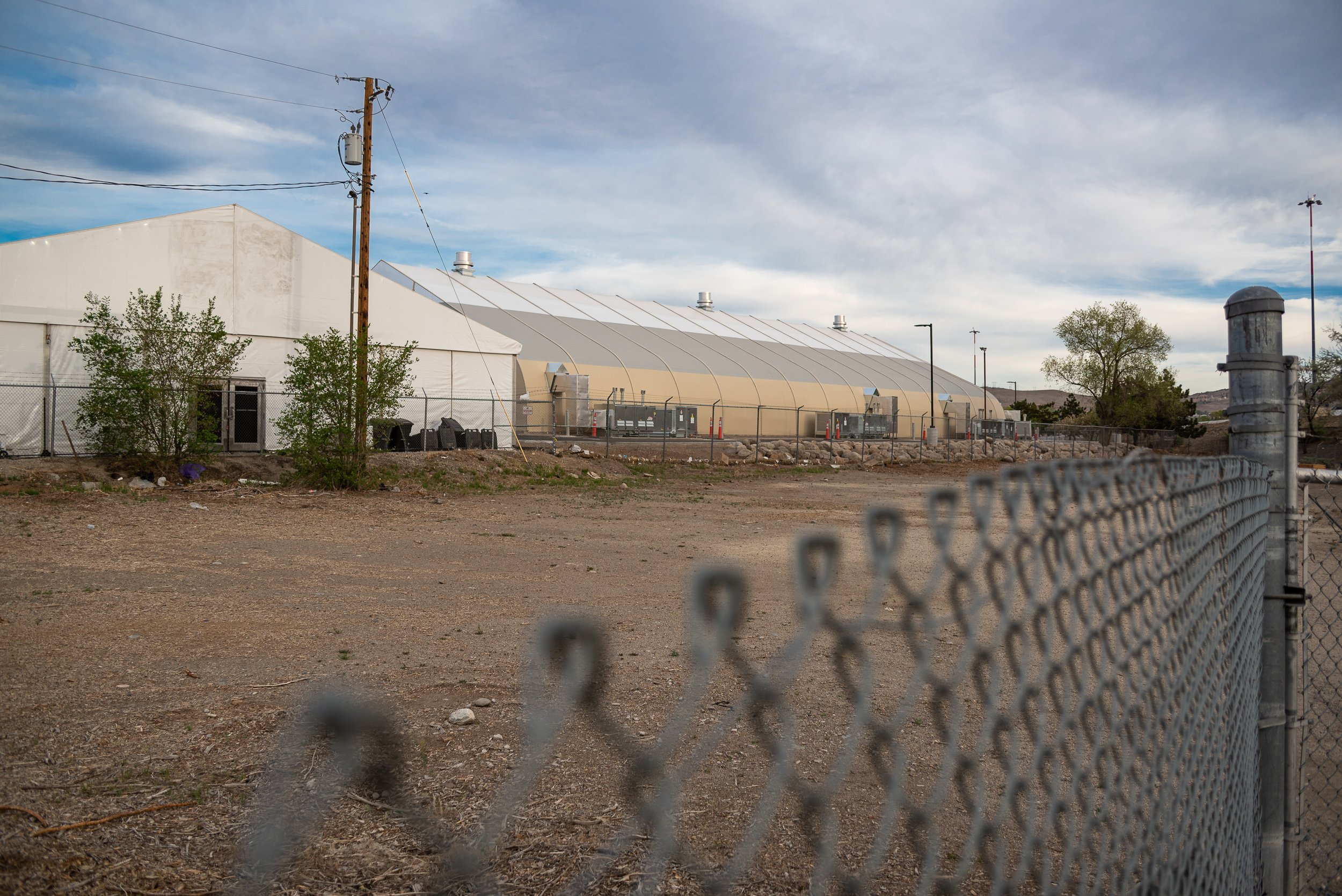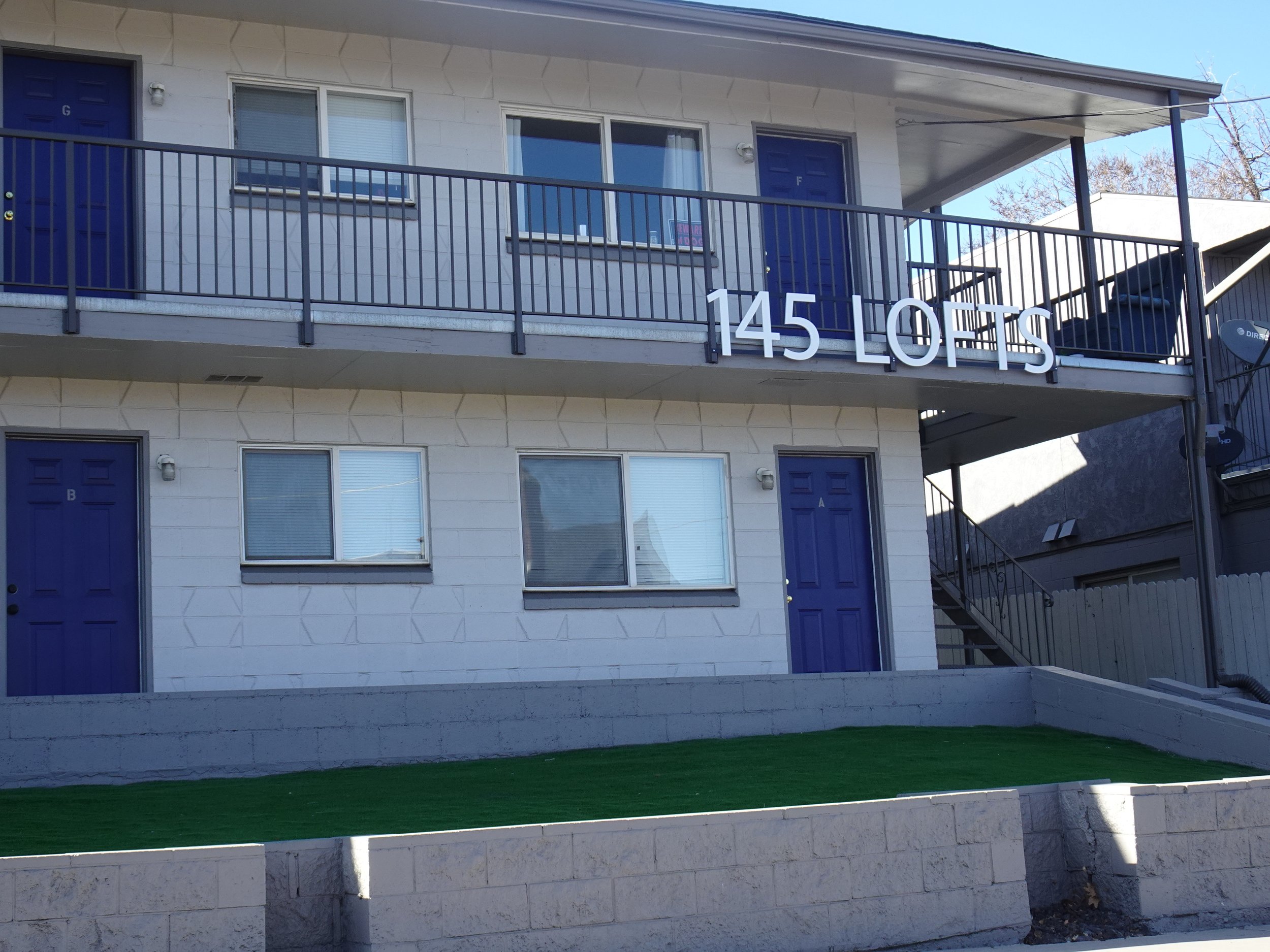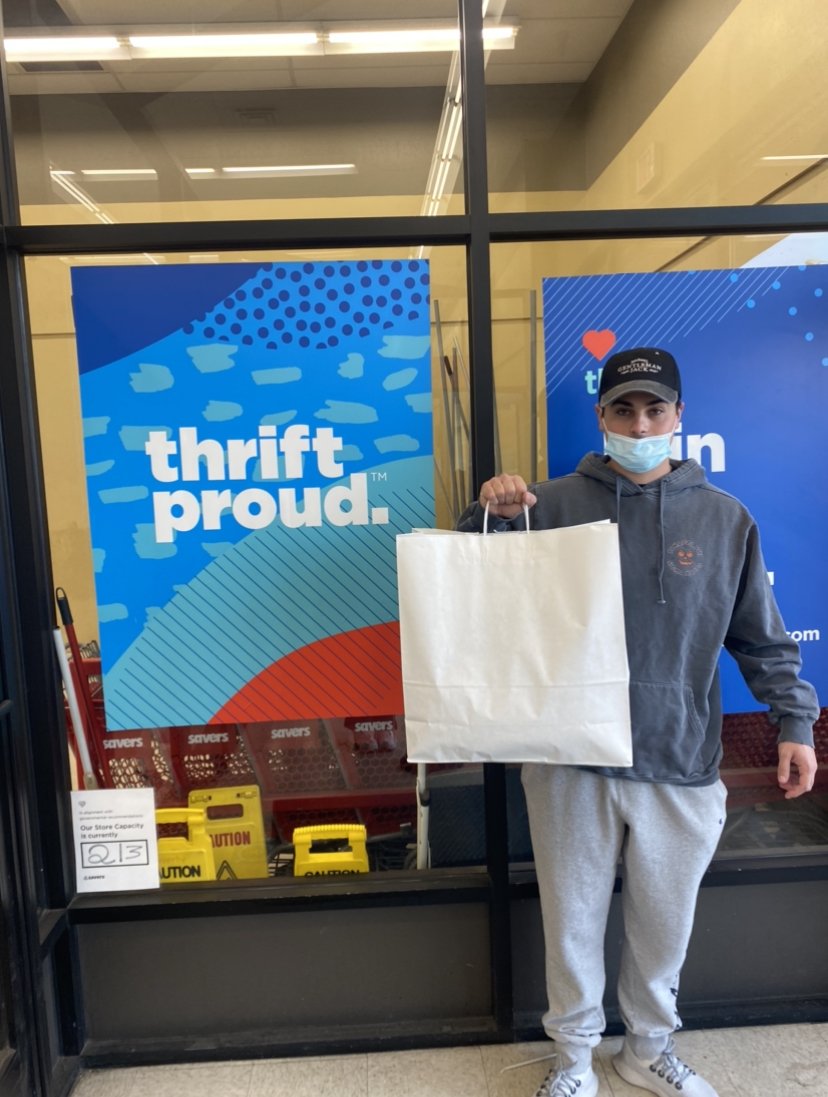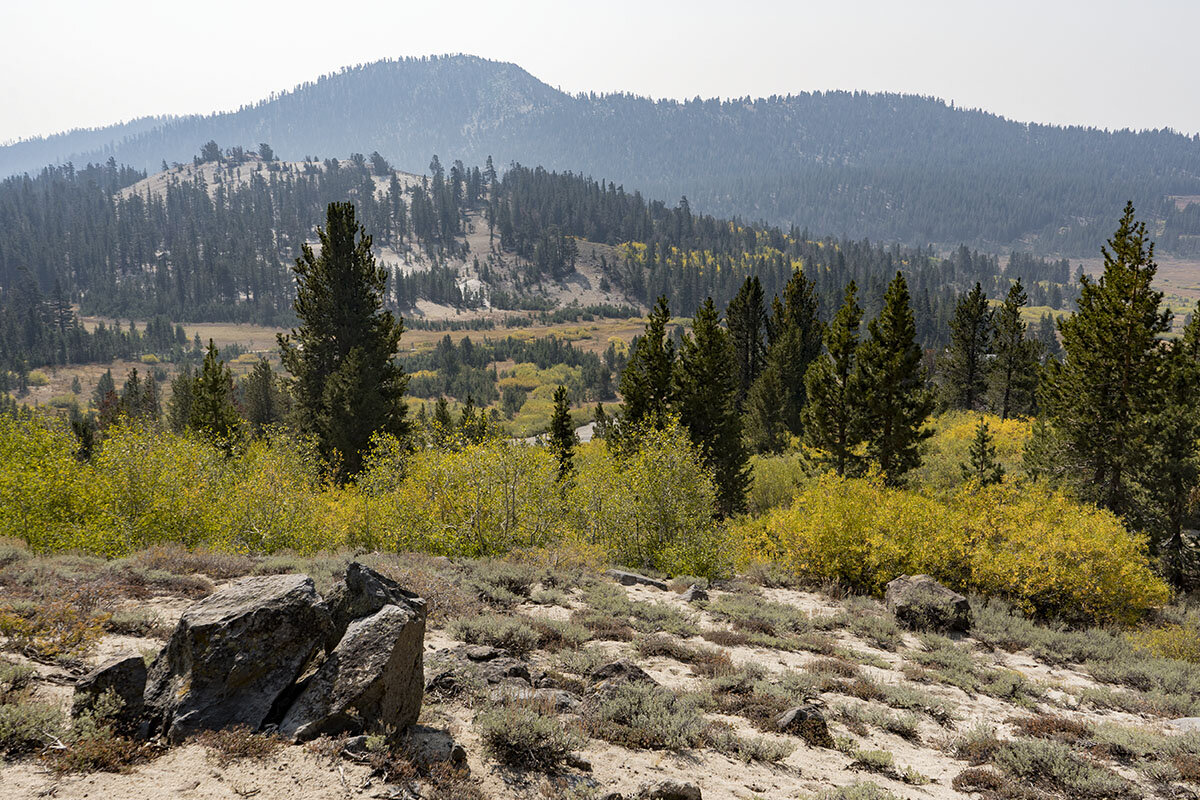On the outskirts of Midtown on Holcomb Ave is a muted yellow house with an abundance of arugula. The small off-white flowers cascade down the walkway. Like many homes in Midtown, this one has been converted into a shop.
I sat down with the owner of the bookstore, Manuel Simpson. His home is what you would expect of a well-traveled collector — beautiful rugs and paintings sit on the walls, books and DVDs are stacked neatly. Simpson is in his late 70s. I met him while working as a barista.
He is a little eccentric and very well-read. Every once in a while he would bring me a book or two while I worked and tell me which chapters to look forward to. Simpson says he opened his bookstore in 1980, with rare books including on Nevada and local Native history.
He explained his sales tactics. “I’ve found and it may not be true anymore that the only way to get somebody to buy books was to make them feel guilty so when broaching a certain subject like Nevada Indians or the history of Pyramid Lake i would say … ‘you don't know this’ and they would buy the book. I couldn't make them feel guilty enough to read William Faulkner… so it’s simply a local reason,” he said.
Over the course of the pandemic, my own values shifted. Like many young adults, I desperately wanted to escape “local.” 2020 was supposed to be my year of travel. I intended to celebrate graduating high school with a trip to Guilin in Southern China. Sufficient to say I did not go. Instead I grew up a little, I embraced the sagebrush and landscape that surrounded me. I had become susceptible to his sales tactic.
“I think other people oughta know what it is that’s going on where you live,” Simpson told me. “Wallace Stevens starts a little poem with the lines ‘I am what it is around me.’ And if we are what it is around us. Then we should know something about what is around us.”
I am admittedly very unfamiliar with Nevada history and our Indigenous culture. While I’ve made an effort to learn more over the past few years, much of it has not stuck. This unfamiliarity is what interested me most about this shop. When I asked to see it, Simpson warned me that it was a little messy.
We walked between the yard connecting his home to the shop. It was full of arugula that had spread years and years ago. He picked some for me and with bundles of arugula in his hand told me his theory that older cultures must have come up with reincarnation after watching plants spread.
After his quick tangent, he walked swiftly to the back porch of his store and set down the bundles. He moved a stack of chairs that had been blocking the door. Inside it was dusty. Bookshelves were full and numerous paintings, photographs and prints had been stacked upon them.
The artwork caught my eye immediately. Dozens of sand paintings were scattered across the rooms, some no bigger than a palm and others the size of laptops. The sand paintings on display are art objects that have been created by placing colored sand on top of smooth uncolored sand to create designs.
“They started doing sand paintings on boxes and other things,” Simpson explained unprompted. “But, I was told that the sand paintings in frames were sold by art galleries. The sand paintings without frames were sold by Indians themselves on a blanket on the street mostly in Arizona … Sand painting is basically a Navajo art that's where they were. These are mostly Yei,… the females have oblong faces and the males have round faces. These things used to be done on the ground. They would do sand paintings and it was used as a healing process for somebody who was sick and when the patient recovered they would destroy the sand painting.”
Simpson also showed me his collection of hand woven Seri baskets. He also has one small Paiute basket, handwoven out of fallen pine needles.
“I first started collecting baskets when I was [visiting] with a group of Indians in Northern Mexico called Seri Indians. They have been called by many people the wildest people on earth and I met some women accidentally and we made fun of one another for about five hours on a blanket. Then they decided to take me home with them which was two hours north on a dirt road and I started going down there,” he remembers. “I must have gone down there half a dozen different times and I would take them clothes and they would make me baskets and I loved it.”
The baskets are beautiful and intricate. Red, tan, and black fibers are woven to provide structure for their tapered shape. They are spaced out evenly and not crowded, so patrons and Manuel can appreciate their craftsmanship. 5 Dog Books is a special world onto its own, full of treasures with a curator unlike any other in Reno.

